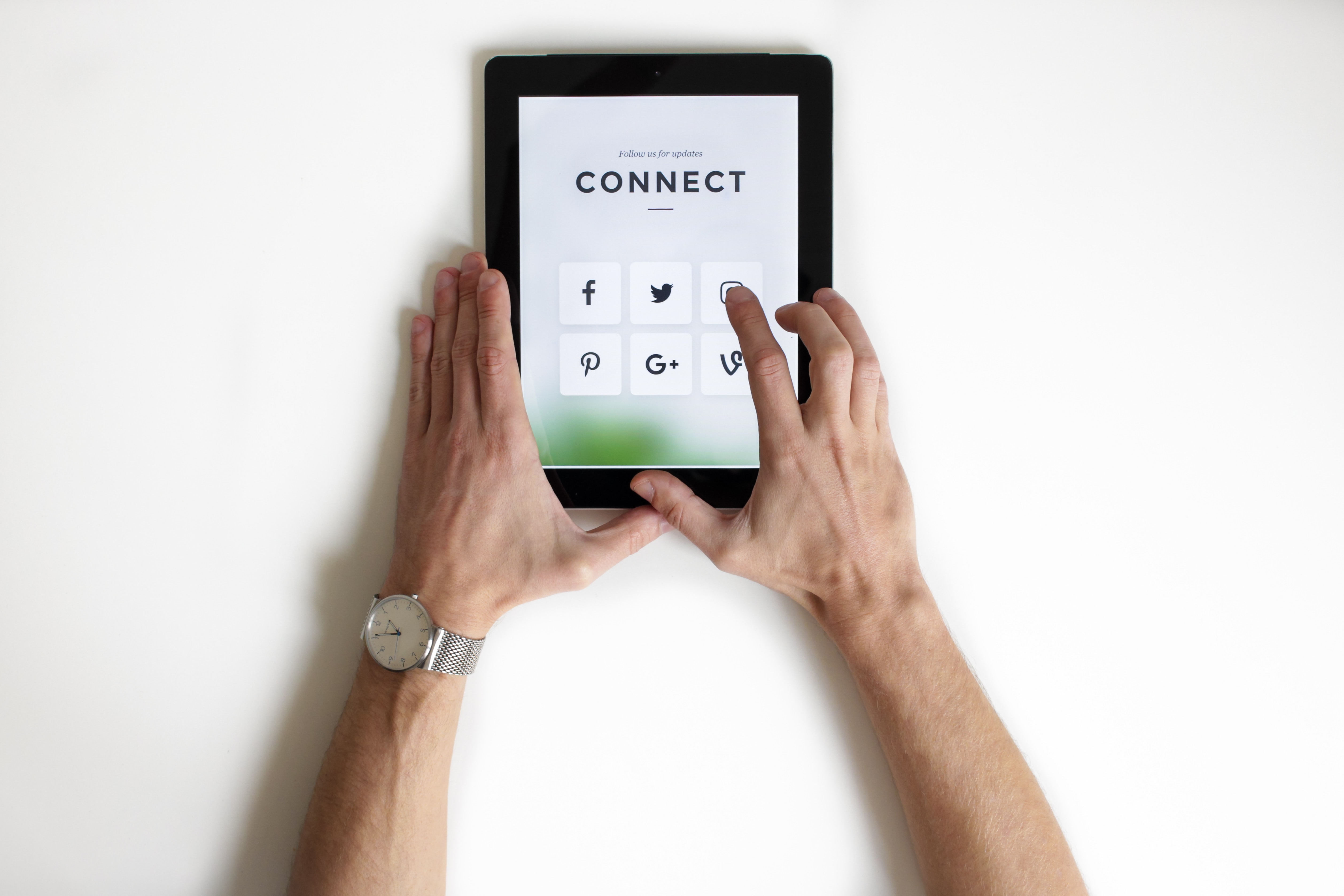Theodore Roosevelt once said, “comparison is the thief of joy.”
Yet, when it comes to social media, we often find ourselves comparing our lives, jobs, families, vacations, and bodies to everybody else’s perfect posts. Or, we get caught up in polarizing politics, letting ourselves get sucked into the latest controversial content. While many of us mindlessly scroll through our feeds to unwind or disconnect from the day, we may be causing more disconnection and dissatisfaction than we realize.
The average internet user in America spends more than 2 hours a day on a social networking platform—that’s five and a half years online over a lifetime. Meanwhile, several studies have discovered that too much time online can cause depression, higher levels of stress, attention deficit hyperactivity disorder (ADHD), risky decision making, problems with mental functioning, paranoia, and loneliness.
Even the rich and famous are impacted negatively by excessive social media consumption. Recently, “Game of Thrones” stars Maisie Williams and her onscreen sister costar Sophie Turner, better known as Arya and Sansa Stark, both attributed social media to their battles with depression, poor self-esteem and, for Turner, thoughts of suicide. These Hollywood starlets are not alone:
- An American Psychological Association report found that rates of depression, psychological distress and suicidal thoughts and actions have risen by 63 percent in adults age 26 and younger, with some of the highest increases among women.
- A psychology professor at San Diego State University discovered that teens who spend five or more hours a day online were 71 percent more likely to have at least one risk factor for suicide, compared to teens who spent only one hour a day online. This risk increases with only two or more hours spent online.
- The growing mental health problems associated with social media led to the creation of a new clinical term, “Facebook Depression” to describe depression that develops when teens and preteens spend time on social media sites before exhibiting the classic symptoms of depression.
Before you delete all your social media profiles, the American Academy of Pediatrics suggests social media can offer effective distraction, humor, connection to peers, and a wide social network. Plus, increasingly, organizations are offering support services, including depression and suicide intervention services, through social media channels.
Here are ways you can manage social media to encourage connection and reduce potential negative impacts on your mental health:
- LIMIT YOUR TIME: A study by the University of Pennsylvania found that when participants limited their social media use to 30 minutes a day, they felt significantly better after the three-week study period, reporting reduced depression and loneliness. If you have heightened FOMO, check out these strategies to take back control of your life.
- BUILD A COMMUNITY: Social media is a great outlet for identifying like-minded individuals. Find events or groups online and connect with them in person. One NIH study showed that when cancer patients used social media for social and emotional support, patients were less likely to suffer from depression than their non-social media user counterparts.
- GET HELP: NAMI, the National Alliance on Mental Illness, recommends ways to find treatments, share your feelings, or get support online and through social media, while at the same time, being aware of your triggers and getting help if you start experiencing negative thoughts.
- CONSCIOUSLY FILTER: Unfollow or block negative people. Instead, follow your favorite sport or nonprofit, check out inspirational quotes, DIY hobbies and videos of cute baby animals. Learn to recognize content that negatively impacts how you think and feel. And don’t let body-shaming or click-baiting (false advertising) turn your emotions against you to convince you to buy something. Never before in history has the age-old admonition of “caveat emptor” (buyer beware) been more relevant.
The problem isn’t social media. It’s when digital interactions replace face-to-face encounters with peers that social anxieties and isolation increase. Social media and our always-on technology enable us to connect like never before. Let’s use that for good, while also remembering to be social outside social media: volunteer, exercise, schedule coffee or lunch with a friend, and get involved in sports, hobbies, and other in-person community activities.


